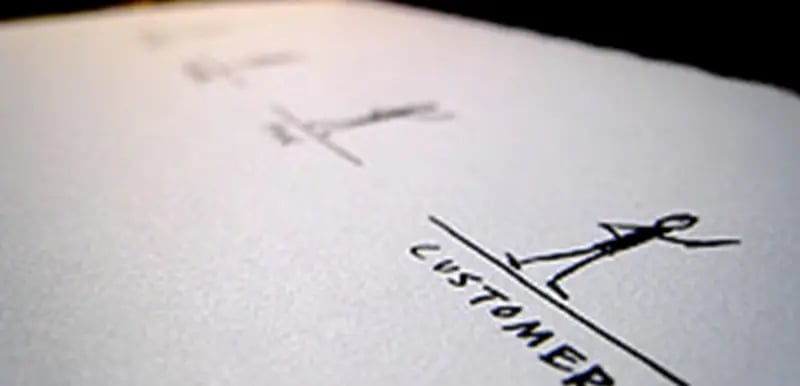Exus Blog Article
Customer Relationship Management Throughout the Collections Process

Any company with customers is more than a seller of products or services. It’s in the relationship business. Collections and recovery are no different.
Real people are behind every loan and delinquent debt. Part of your job is to understand their situations and help them get their financial lives back on track.
Each story will be different, from the part-time debtor to the person who struggles to pay amid competing for financial priorities. The common thread is that each wants to be met with care, not criticism. Collections and recovery operations should take note of companies like Zappos and Amazon that have built exemplary customer service into their business models.
Aside from being good for customers, good customer service saves money. Customer acquisition is expensive, both in retail banking and other industries. For instance, from 2008 to 2011, the cost of customer acquisition for utility companies in the Netherlands rose €27 per customer.
Keep the customers you have: don’t give them a reason to move their business elsewhere. Make customer-centric operations a priority throughout each stage of the collections cycle—from origination to delinquency.
Insights at the Start of the Relationship
Knowing your customers and their communication channels makes it easier to deliver excellent customer service—and possibly even prevent delinquency down the line.
Understand debtors’ current obligations, collections history, and recovery potential. Use this knowledge to determine the likelihood of repayment and/or the risk of collection challenges.
In addition, determine how accounts need to be managed for mutual respect and efficiency. Acknowledge that customers use more channels than ever before—e.g. email, phone, and social media. Identify preferred channels by the customer to keep communication frequent, open, and honest.
Monitor, Catch and Communicate Risks Early
Robust risk-scoring models rely on number crunching to overview customer risk. But when areas of concern are proactively reported clearly and frequently, the added human touches can strengthen customer relationships.
As such, risk scoring should be an integral part of an early warning system (EWS), a set of monitoring models and tools that identify credit problems and inform pre-collection strategies that may prevent delinquency.
An EWS provides both customer service and business advantages. By identifying problems earlier, you are better equipped to self-cure accounts and preserve relationships. That’s good for bottom lines too: In the case of retail banks, McKinsey found that good monitoring practices reduce unsecured exposures for risky customers by 60 percent within nine months.
Preserve Relationships, Even in Delinquency
Even in delinquency, the customer can come first. By focusing on customer retention, companies not only stand a better chance of collections but also preserve the investment they have made in customer acquisition.
Educate throughout the early stages, so that customers have the tools and techniques needed to fix a tough situation. Give them the ability to help themselves and make good on their debt obligations. After all, the key to great customer service is to put the customer front and centre—even when it’s not convenient.
How Can You Improve Customer Management and Collections Performance?
Our free whitepaper has information and tips to improve your collections and recovery performance. Read it today to find out how transforming your operations captures more revenue, improves efficiency, and optimizes every stage of the credit cycle.
